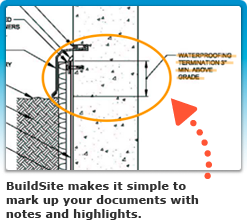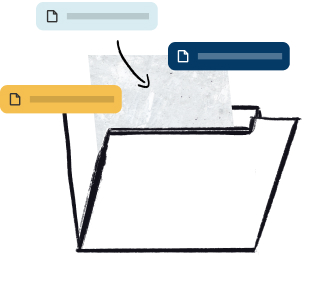Abstract
This specification covers stainless steel wire, except the free-machining types. It includes round, square, octagon, hexagon, and shape wire in coils only for the more commonly used types of stainless steels for general corrosion resistance and high-temperature service. The steel specimens shall undergo the following conditions: (1) annealed as a final heat treatment; (2) cold worked to higher strength; (3) heat treated to an intermediate temper; or (4) heat treated to a hard temper by austenitizing, quenching, and tempering at a relatively low temperature. The materials shall be cold drawn, annealed, and pickled. The steel wires shall conform to the required chemical compositions of carbon, manganese, phosphorus, sulfur, silicon, chromium, nickel, molybdenum, nitrogen, and other elements such as niobium , vanadium, copper, tantalum, titanium and cobalt. Mechanical test shall be performed wherein in the steel specimens shall conform to the required values of tensile strength, yield strength, and elongation. The martensitic grades shall conform to the required values of hardness after heat treatment.
This abstract is a brief summary of the referenced standard. It is informational only and not an official part of the standard; the full text of the standard itself must be referred to for its use and application. ASTM does not give any warranty express or implied or make any representation that the contents of this abstract are accurate, complete or up to date.
1. Scope
1.1 This specification covers stainless steel wire, except the free-machining types. It includes round, square, octagon, hexagon, and shape wire in coils only for the more commonly used types of stainless steels for general corrosion resistance and high-temperature service. For bars in straightened and cut lengths, see Specifications A276 or A479/A479M.
Note 1—For free-machining stainless wire, designed especially for optimum machinability, see Specification A581/A581M.
1.2 Unless the order specifies the applicable “M” specification designation, the material shall be furnished to the inch-pound units.
1.3 The values stated in either SI units or inch-pound units are to be regarded separately as standard. The values stated in each system may not be exact equivalents; therefore, each system shall be used independently of the other. Combining values from the two systems may result in non-conformance with the standard.
Reproduced, with permission, from the ASTM International website, copyright ASTM International, 100 Barr Harbor Drive, West Conshohocken, PA 19428. To purchase the complete standard, go to http://www.astm.org/.



